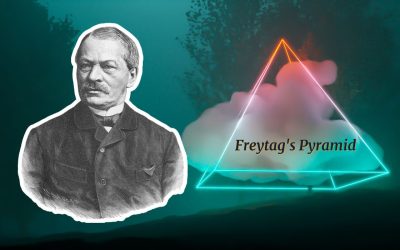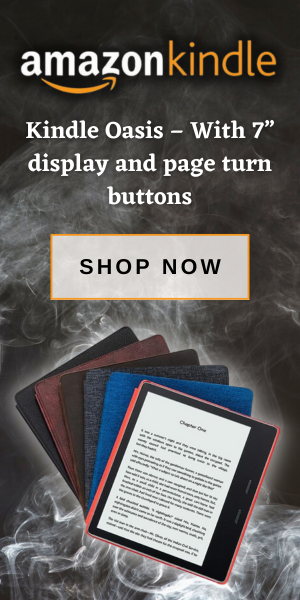In our writing toolbox, personification and metaphors are figurative language devices that can help to give our words impact and clarity. It’s easy to confuse the different types of figurative language because they are similar and in some instances, as in the case of metaphor and personification, can intersect because personification is a type of metaphor. But fear not. We’ll clearly break down the definitions of both below, so read on.
The Difference Between Metaphor and Personification
Personification is a figure of speech that gives human qualities or traits to a nonliving object.
Metaphor is a method of describing an object or action in a way that isn’t literal, but helps create a comparison or explain an idea. (Note that a metaphor makes this comparison without using the words “like” or “as,” which would make it a different type of figurative language called a simile.)
What makes personification and metaphor similar is that they can achieve the same means. As we mentioned above, personification is actually a type of metaphor.
What makes personification and metaphor different is that personification always involves giving a non-living thing a human-like attribute or action. A metaphor is a phrase that figuratively refers to one thing as another thing to show that they are similar; these may be living or nonliving things.
Examples of Personification and Metaphor
Personification – The Carolina blue hydrangeas bobbed their heads jovially in the sea breeze, beckoning the children to clamor up the wooden steps and into the beach cottage.
Metaphor – The Carolina blue hydrangea blooms were the welcome committee, swaying in the sea breeze and beckoning the children to ascend the steps into the beach cottage.
In the above phrases, both sentences achieve the same goal: comparing the round hydrangea blooms to cheery people nodding their heads. It’s simply how we craft the phrasing here that differentiates between personification and metaphor. With personification the flowers receive the human trait of being jovial and the human attribute of having heads. With metaphor, the flowers are the welcome committee.
Personification – His love for her is a moody teenager.
Metaphor – Love is a battlefield.
Personification – The fireworks danced across the sky.
Metaphor – Baby, you’re a firework.
Personification – The sun smiled happily, shining down on the yellow daffodils.
Metaphor – You are my sunshine, my only sunshine.
Which One, Personification or Metaphor, is the Correct One to Use in My Writing?
There’s no right answer here! Personification and metaphor are both effective literary devices and which one you use is up to you. There’s not really a reason you shouldn’t use either personification or metaphor in your writing. Just remember that in a work of writing, these literary devices are meant to enhance. Using them too liberally may mean you are overlooking other methods of developing your imagery. Strive for diversity in your writing.
Trick to Remembering Metaphor vs. Personification
Personification means that you are attributing a person’s qualities to a nonliving thing. You can remember this because person is the root word of personification.

Susan is an English educator, editor, and writer who has enjoyed working within these fields since 2004. Her experience includes teaching at the high school and adult continuing education levels, and writing and editing for multiple regional publications, including Wrightsville Beach Magazine and Encore Magazine. Today she is a copywriter and editor for CastleBranch Inc., as well as editor in chief for the company’s internal e-magazine. A Southern transplant who moved from Ohio to North Carolina, she has embraced the word “y’all” and can tell you how she likes her grits. Check out her official website.








